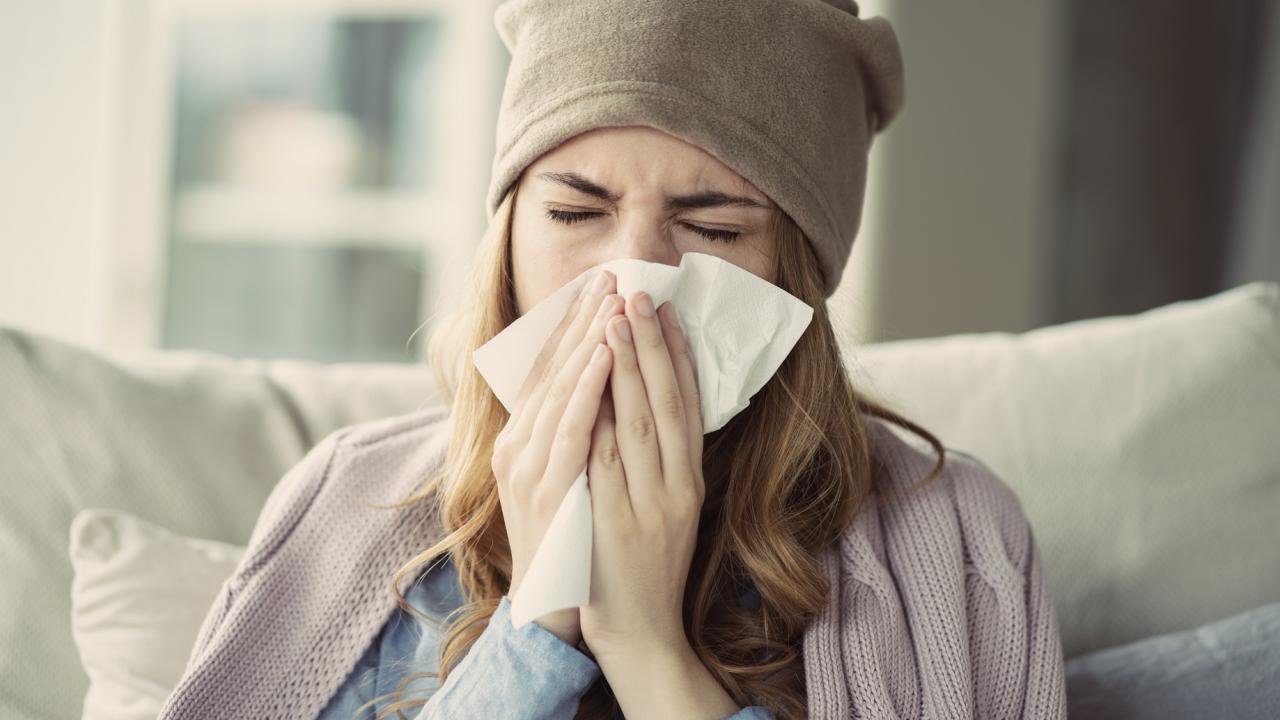I changed my HVAC air filter as soon as I read the reference for this article. Medication gets much more research attention than air filters in treating allergies, but there are studies that show benefit from high quality filters. More studies are recommended because it takes time, possibly months or even years, to see clinical results from air filtration. However, improvements can often be made at low cost with no side effects.
Most homes (approximately 75 percent) in the United States have a forced air heating, ventilation, and air conditioning (HVAC) system with a disposable filter. The lowest cost filters are made from flat mats of fiberglass or synthetic fibers, and protect the mechanical parts of the system. They offer little or no benefit to allergy sufferers. Multipleat filters are available in the price range of $10 to $20, and meet standards set by the American Lung Association for particulate filtration. They should be changed at least once every three months.
Portable room air cleaners offer additional protection and are popular for bedrooms. There are three types:
1. Ionizer air purifiers
2. HEPA (high efficiency particulate air filters) room air cleaners
3. Non-HEPA room air cleaners with disposable or washable filters
These are generally effective, but may have disadvantages. Ionized particles that do not adhere to the device plates can remain airborne and exacerbate allergy symptoms. Some units produce ozone that can increase the risk of asthma symptoms if they do not have an ozone-to-oxygen converter. The reference article recommends HEPA filters as the best choice for portable air cleaners.
Common particles include:
1. Dust mite allergens, mean diameter 28 micrometers
2. Dog allergens, diameter range 5 to 7 micrometers
3. Cat allergens, diameter range 5 to 30 micrometers
Maintenance is the key to performance of all types of air filters. A survey of housing and asthma reported ducted heating and air conditioning systems as one of the top 5 risk factors for asthma. This seems surprising to me, since ducted systems offer the possibility of whole house filtration. The authors attribute the problem to three mistakes:
1. Use of inexpensive, poor quality filters
2. Poor fit of the filter in the track, allowing too much air to leak around the filter
3. Lack of attention to changing the filter regularly
Custom high-efficiency air filtration systems can be installed in residential HVAC units for individuals who are highly sensitive to indoor particulate allergens. However, you may get significant improvement just by using higher quality filters and changing them more often.
Reference:
Sublett JL et al, “Air filters and air cleaners: Rostrum by the American Academy of Allergy, Asthma & Immunology Indoor Allergen Committee”, J Allergy Clin Immunol. 2010 January; 125(1): 32-38.
Linda Fugate is a scientist and writer in Austin, Texas. She has a Ph.D. in Physics and an M.S. in Macromolecular Science and Engineering. Her background includes academic and industrial research in materials science. She currently writes song lyrics and health articles.





Add a CommentComments
There are no comments yet. Be the first one and get the conversation started!